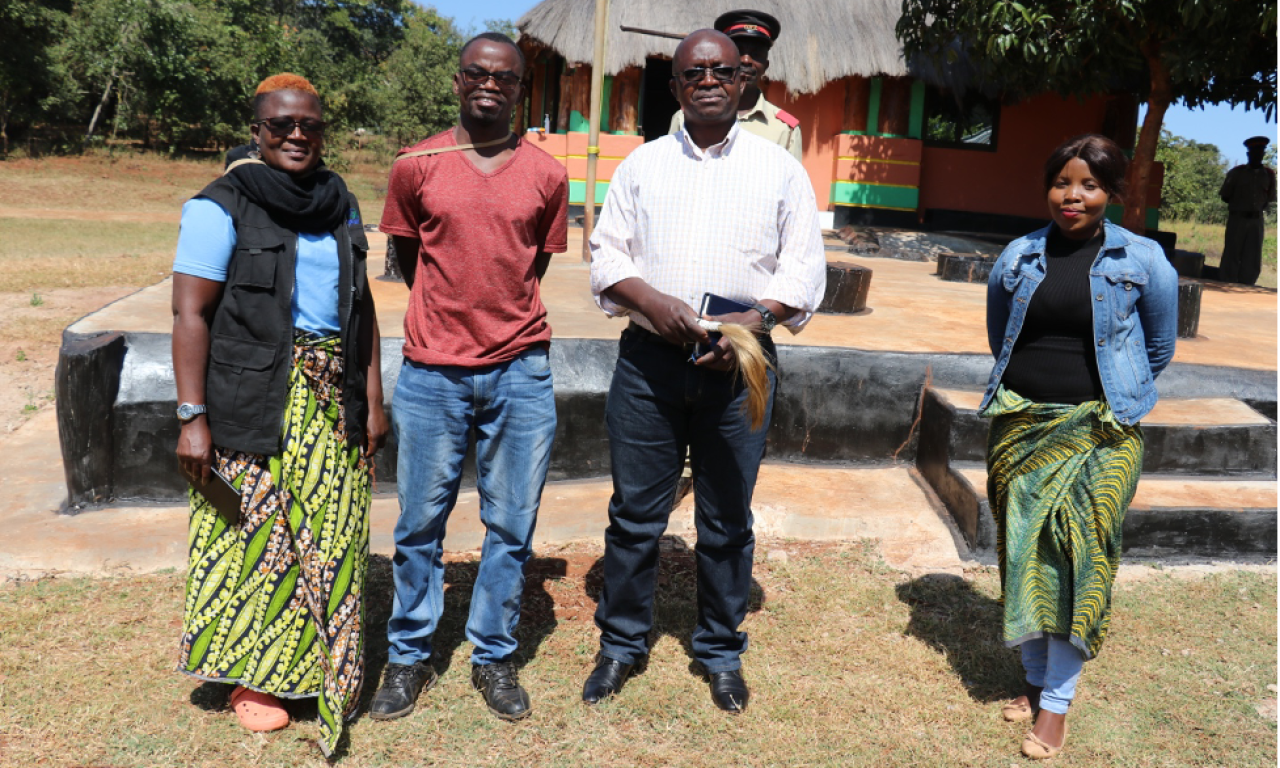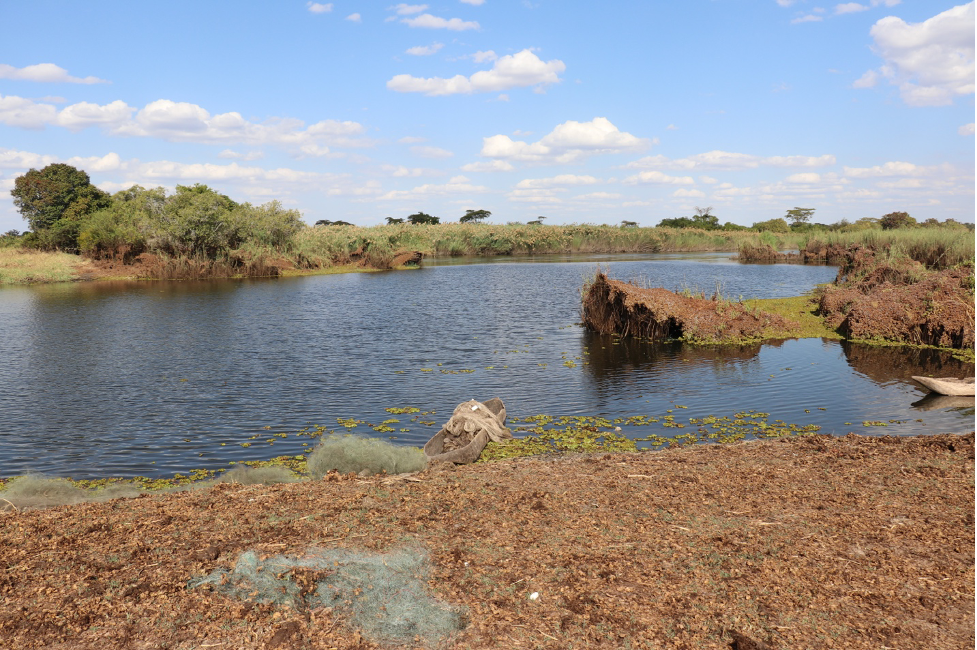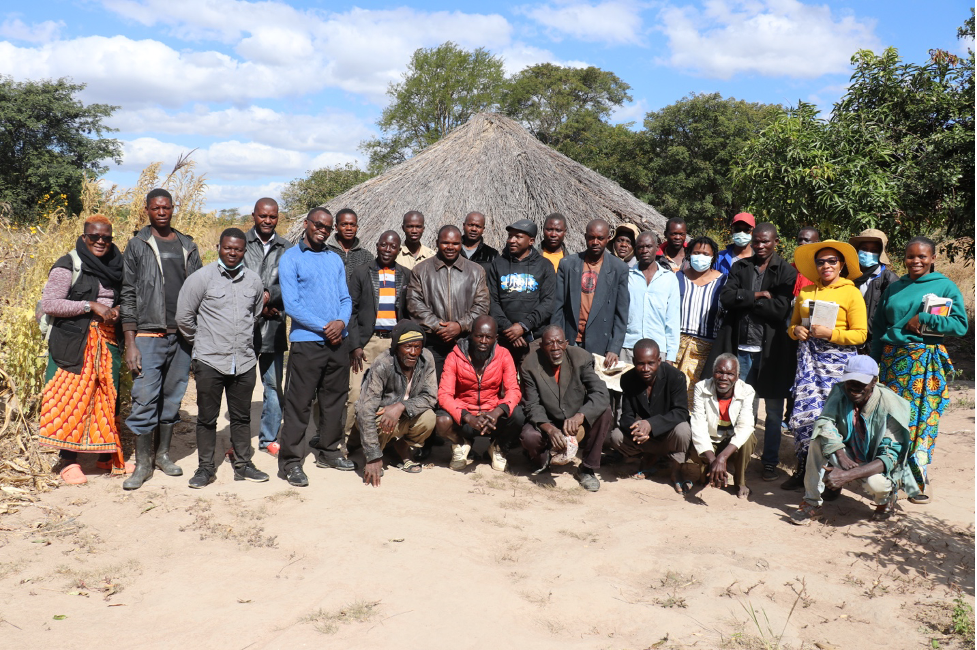
- Proper management of human activities around waterbodies is key if both the fisheries and forestry sectors are to coexist beneficially and fairly while protecting the ecosystem that is necessary for aquatic and plants life.
- WorldFish undertook a survey that will help inform action on protecting rivers as well as forests.
- In an effort to educate the people on preserving rivers and forests, village management committees have been set up that will also monitor development along the rivers.
Human activities have for a while now greatly influenced how our water bodies and forests are conserved. With fishing and the making of charcoal and firewood as the major livelihood activities for Zambians living along the rivers and lakes, trees are cut extensively to support these activities. Coupled with artisanal mining activities and indiscriminate disposal of industrial waste into rivers in places like the Kafue River basin, the degradation of rivers is becoming more pronounced.
In some communities, illegal means of catching aquatic foods such as the use of poisonous plant species like lantana that kill aquatic foods indiscriminately regardless of size are being practiced. These methods not only kill the aquatic foods but also contaminate the water in the rivers, thereby threatening our rivers, which provide us with highly nutritious aquatic foods.
The community members of the Kafue Road Bridge fishing camp, which is located downstream from where some major industries are based, have expressed concern about the contamination of the rivers by these industries.
“Our aquatic foods are dying. It is a sorry sight when we see fishes gasping for air at the surface of the river while we are out fishing in our canoes. It is just mindboggling that our catch is far lower than the number of fishes that die due to contamination,” shared Mwelwa Chilufya, a fisher in the area.
Rivers remain under serious threat of degradation arising from the activities taking place, with a high chance of biodiversity loss. The ecosystem is currently strained and remains vulnerable to the increasing human population and industries along the riverbanks. The situation will continue to worsen if mitigation measures are not expedited.
Jonathan Mwape, another fisher expressed concern about the high number of businesses setting up along the riverbanks. He explained that fishers now find it difficult to dock their boats and canoes as the riverbanks are lined with businesses. Even the trees along the riverbanks have not been spared, which compromises the river’s ecosystem.
Acting as natural protection against climate change

Proper management of human activities around waterbodies is key if both the fisheries and forestry sectors are to coexist beneficially and fairly while protecting the ecosystem that is necessary for aquatic and plants life.
Forests act as natural protection against droughts and provide necessary cover from flash floods that may displace aquatic foods in the rivers. Therefore, in the management of rivers and other water bodies that protect and nurture aquatic life, forests should be considered an ally. This is more so at a time when the world at large is grappling with the effects of climate change and finding ways to increase resilience.
Forests play a critical role in managing the effects of climate change and promoting the sustainability of agri-food systems, including aquatic food systems. Aquatic foods are crucial in addressing poverty, hunger and micronutrient deficiencies, especially in low- and medium-income countries. The coexistence of forests and rivers can therefore not be over-emphasized.
Addressing the challenges of rivers and forests

In an effort to address these challenges, WorldFish undertook a survey that will help inform action on protecting rivers as well as forests. This will in turn tackle issues related to food and nutrition security while aligning with the objectives of the United Nations Decade on Ecosystem Restoration to resolve the need for better production, nutrition, environment and life. This can only be achieved if everyone plays a part towards an integrated approach to the coexistence between rivers and forests as well as the interlinkages thereof that need to be well harnessed in order to protect aquatic life in our rivers for future generations.
Opinion leaders are also key in engaging communities so that efforts in addressing challenges faced in the management of rivers and forests are collaborative. At a recent courtesy call by a WorldFish delegation to Chief Lumpuma of Lufwanyama District in the Copperbelt Province, the chieftain stated that he was aware of the fact that his subjects have been cutting trees indiscriminately and using forbidden fishing methods that are affecting the food and nutrition security of the community. In an effort to educate the people on preserving rivers and forests, village management committees have been set up that will also monitor development along the rivers.
Collaboration and engagement with the community, district fisheries officers, forestry officers, industries and key opinion leaders will play a critical role in addressing challenges that hinge on the earth’s biocapacity. WorldFish, in partnership with the Department of Fisheries, is working together to strengthen village management committees to educate community members on better management practices in fishing and good land use to effect behavioral change.
